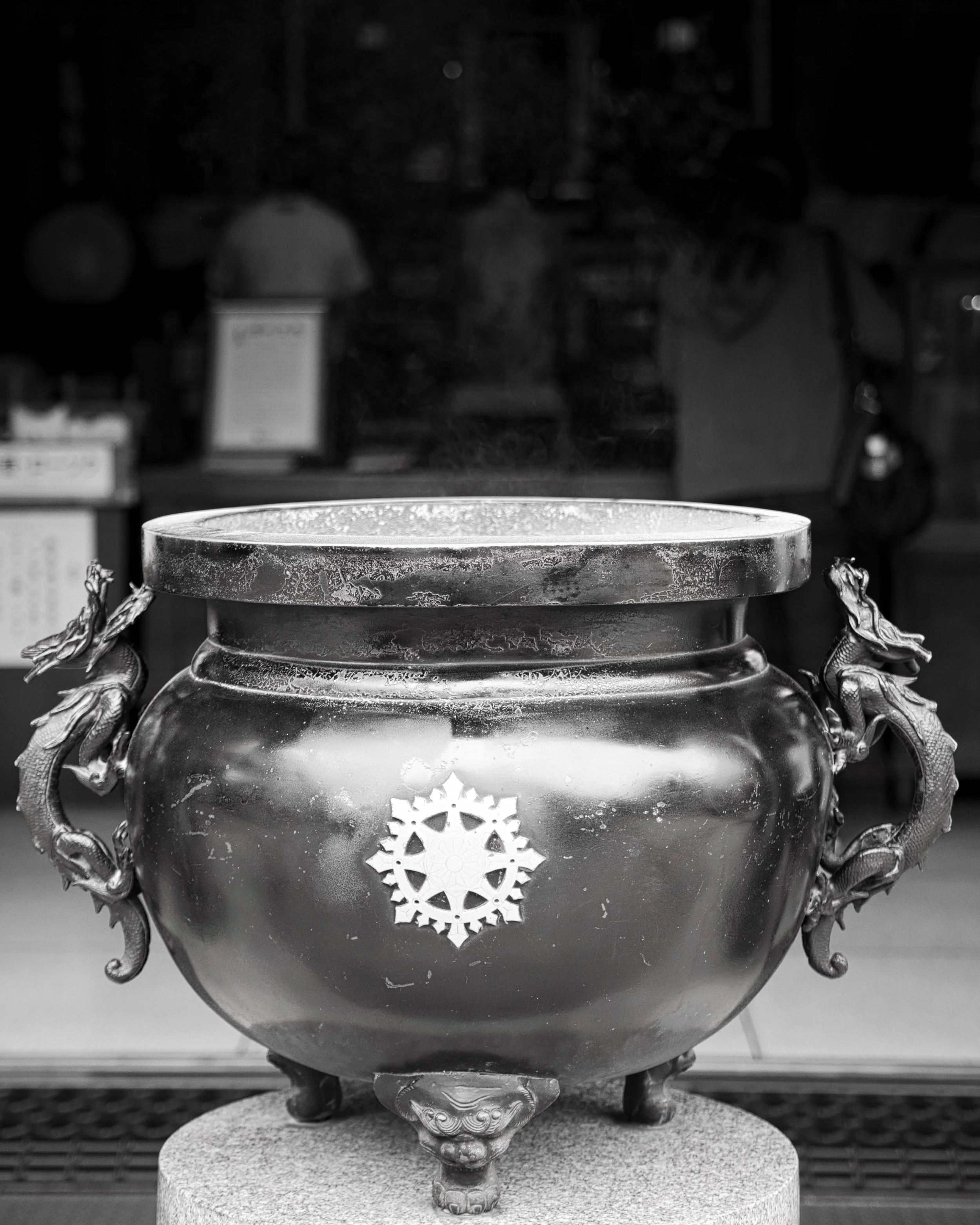Show Your Kit Lens Some Love
Kit Lenses - Where We were
Back in the era when 35mm film was king, lenses with any type of zoom were considered optically “challenged”. The most common lens sold with your 35mm SLR film camera at the time was something like the 50mm F1.8. These were often bundled with the camera,, costs were reasonable, and with the the state of manufacturing technology at the time the quality was good. This established prime lenses as the kings of image quality. At the time this was the expectation. If you wanted a serious great image, well you must use a prime.
The Market Collapse of 35mm Film and the Rise of the Kit Lens
Around the year 2000 film cameras were losing in sales, digital cameras were well established and dominating market share, and kit lenses became the standard consumer addition. No longer was that starter digital camera limited to one focal length, but instead zooms like 24mm - 105mm, 38mm - 85mm, and other various variable focal ranges would be bundled as the first lens. The consumer wanted options, and their first DSLR purchase almost always included a “kit” lens.
The Difference Time Makes
Lenses now use automated precision manufacturing, grinding, and polishing machines. Then various coatings help increase the quality of the lens. Yes, the quality of prime lenses has gone up. There are some stunning and stunningly expensive prime lenses now available. But all this technology has moved to the lowly zoom lens into professional use. Portrait, wedding, and event photographers favor the 70mm to 200mm F2.8 lens options from various manufacturers. Those lenses provide a nice sense of compression with a large enough aperture to make that creamy background. Match that lens with a 24mm to 70mm F2.8 and your wedding and portrait kit is done.
Travel Friendly
On the flip side of those zoom lens offerings is the Lumix S 24mm to 105mm F4 that was used for this expedition. This zoom range is perfect for the travel photographer looking to bring just one lens. At the far end of around 100mm you can still get some nice out of focus areas to complement the subject. Then if you want to gather up a large section of the scene you can be at 24mm for the wide angle shot. Or maybe you just want to sit around 50mm for that no distortion / documentary feel. The Lumix S 24mm - 105mm F4 O.I.S. also offers macro reproduction ratio of 1:2 for those close up shots.
What About The Quality?
In the past image quality worries had people avoiding kit zoom lenses. This Expeditions In Light though was to put out some examples and put those worries behind us as photographers. All these shots were done with Lumix’s first kit lens for the L-Mount, the 24mm - 105mm F4 O.I.S.. I was quite happy with the clarity, resolution, color rendering, bokeh, and focus that these examples show. I love lots of these photos taken at Ameyoko Market in Ueno Tokyo. If you have a kit lens, don’t worry about what you hear on the forums, internet, and YouTube about having to own a prime lens. Your kit lens is just fine. Go out and create.




